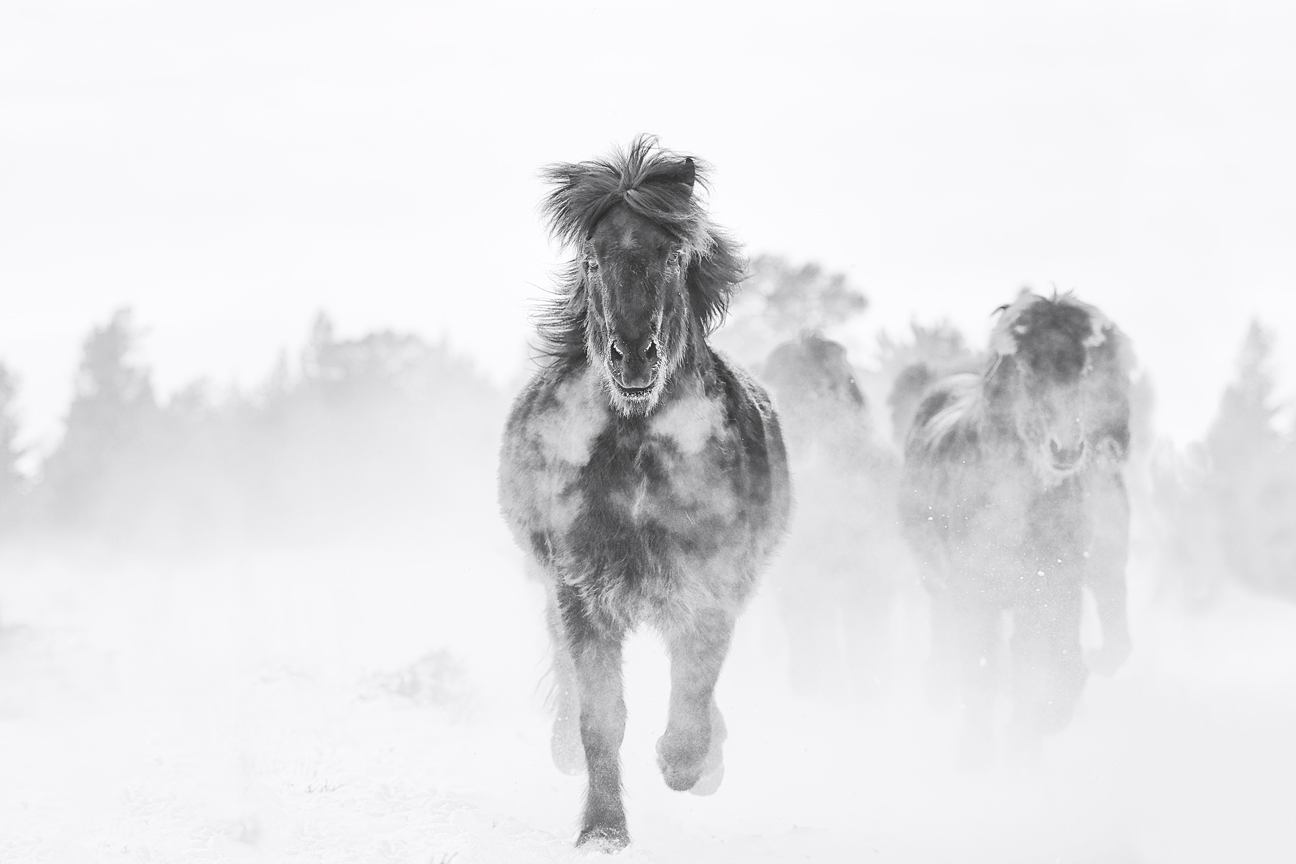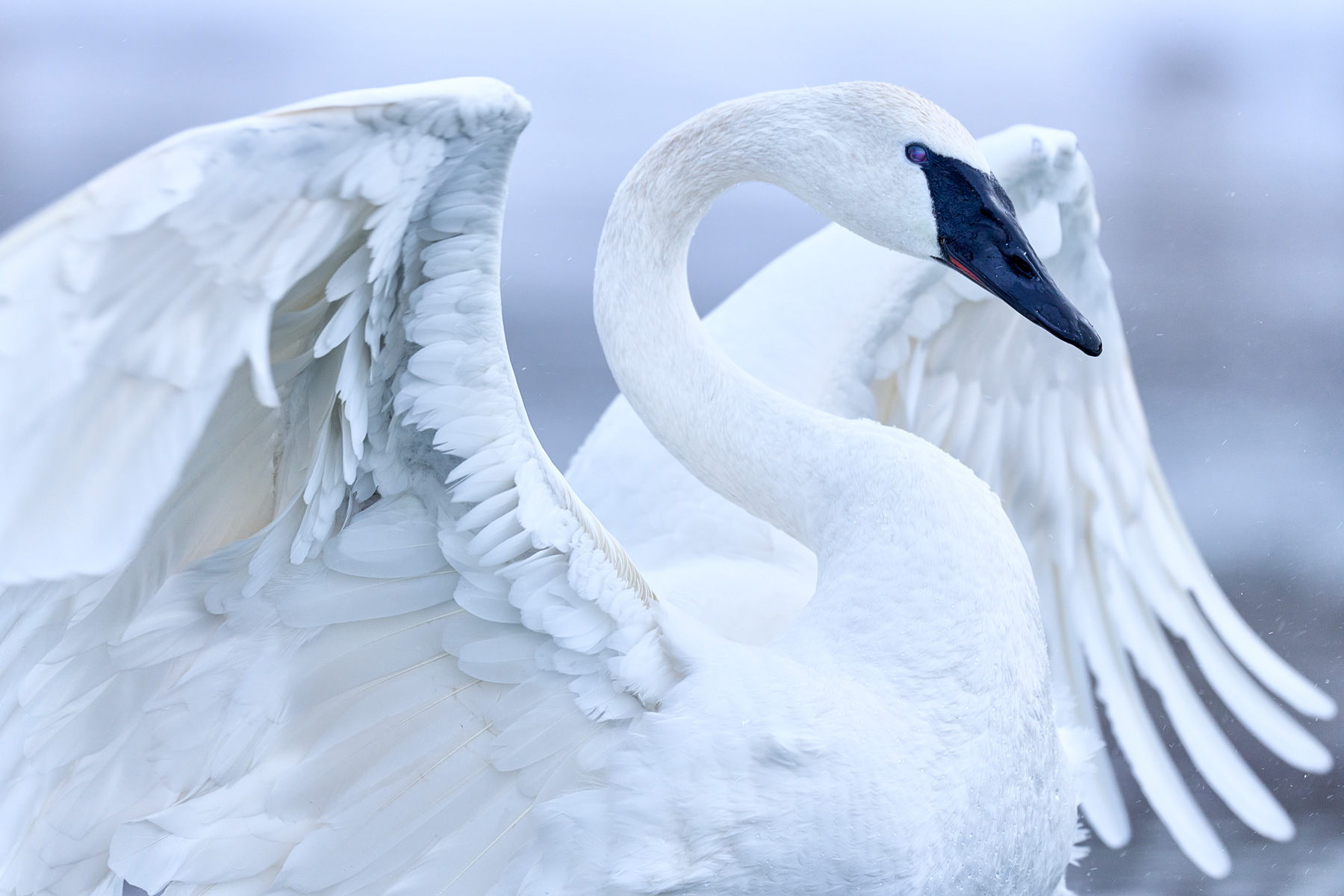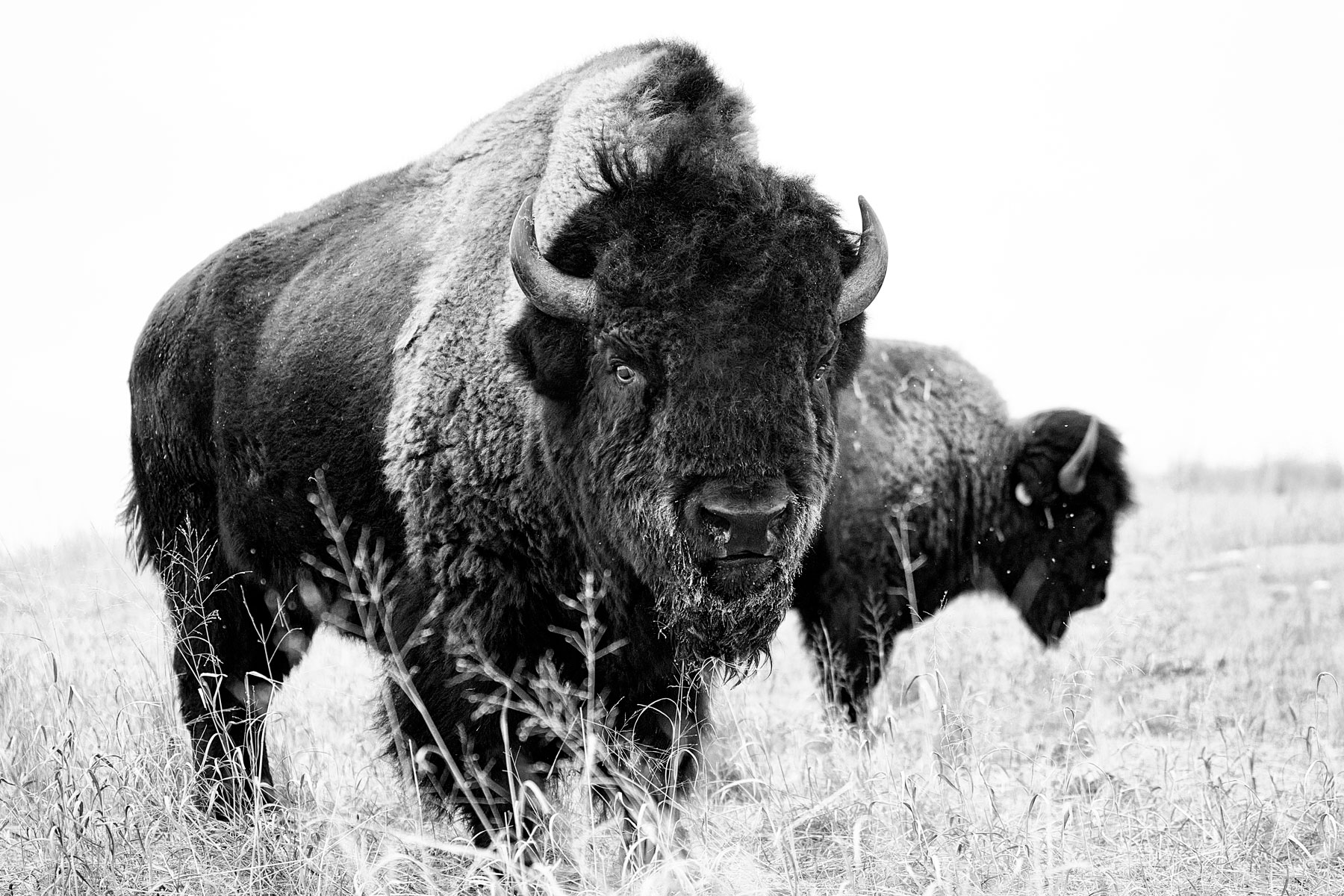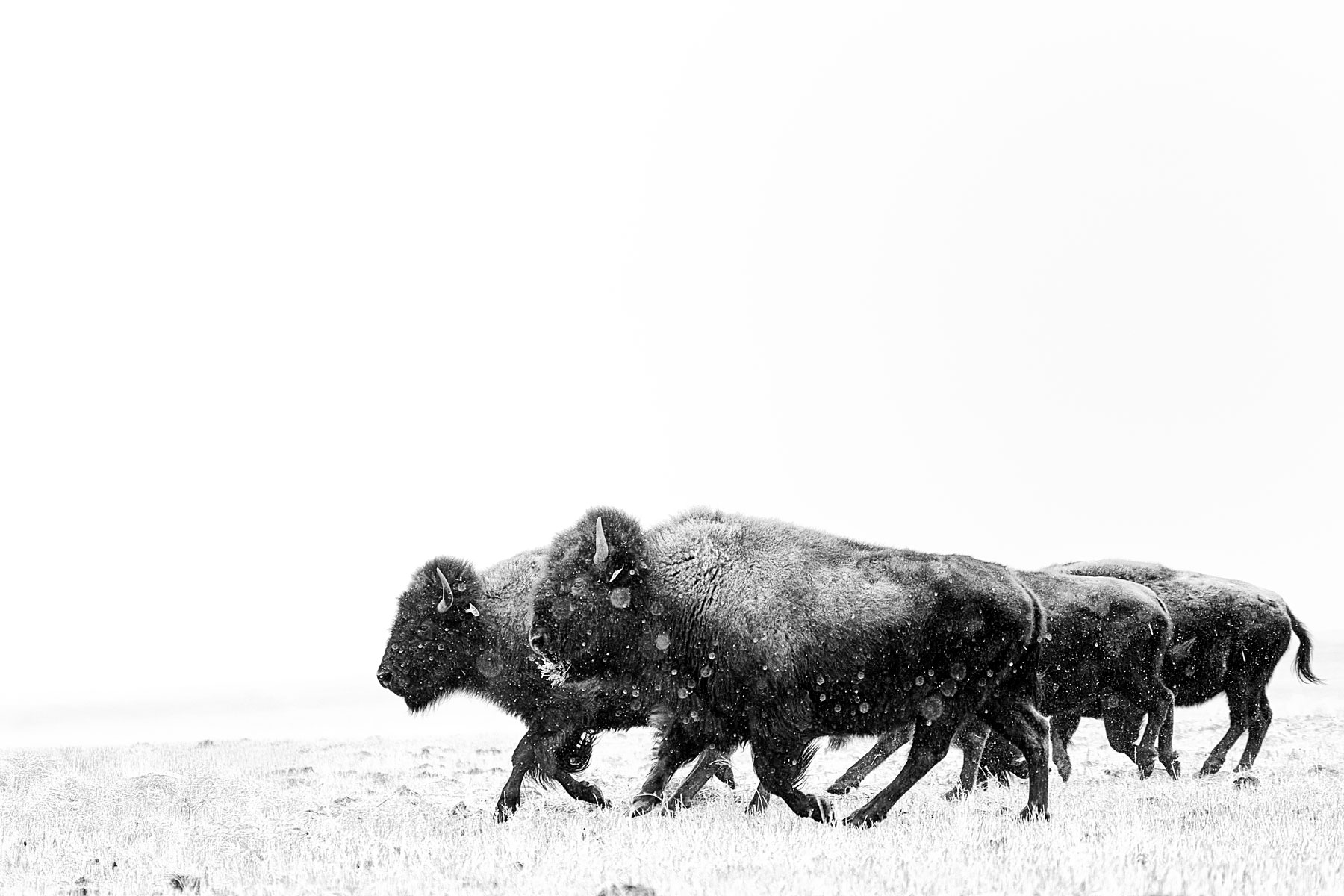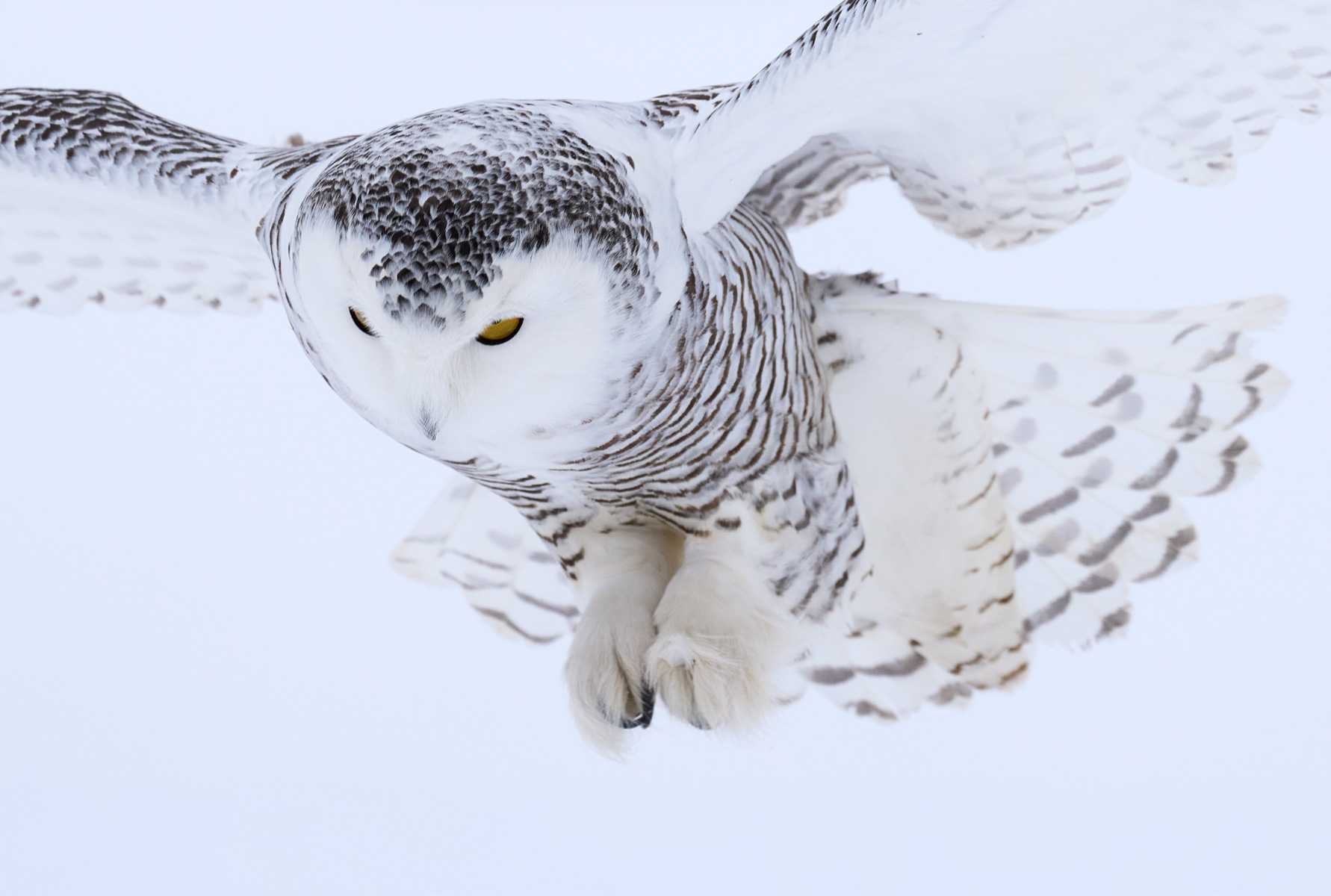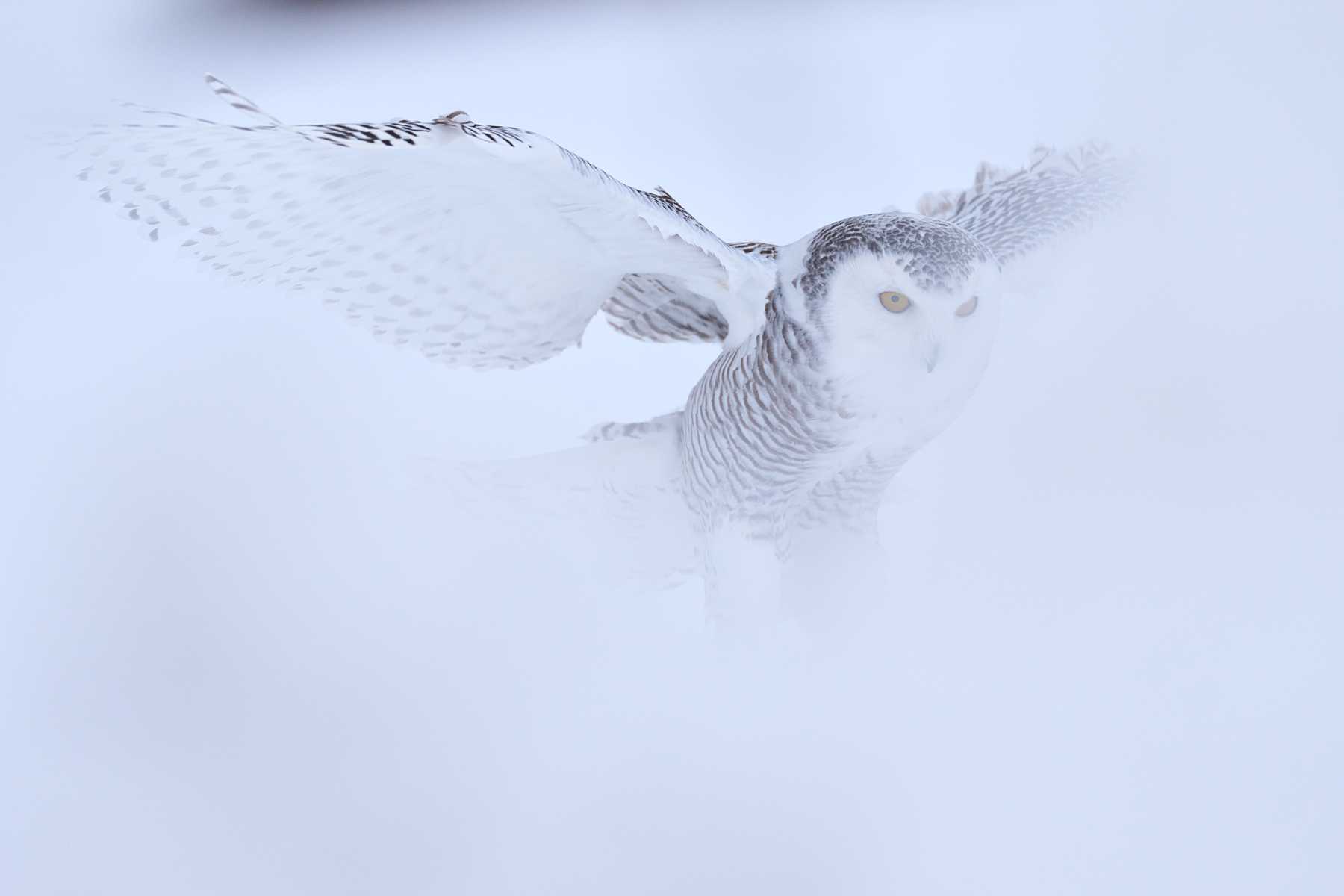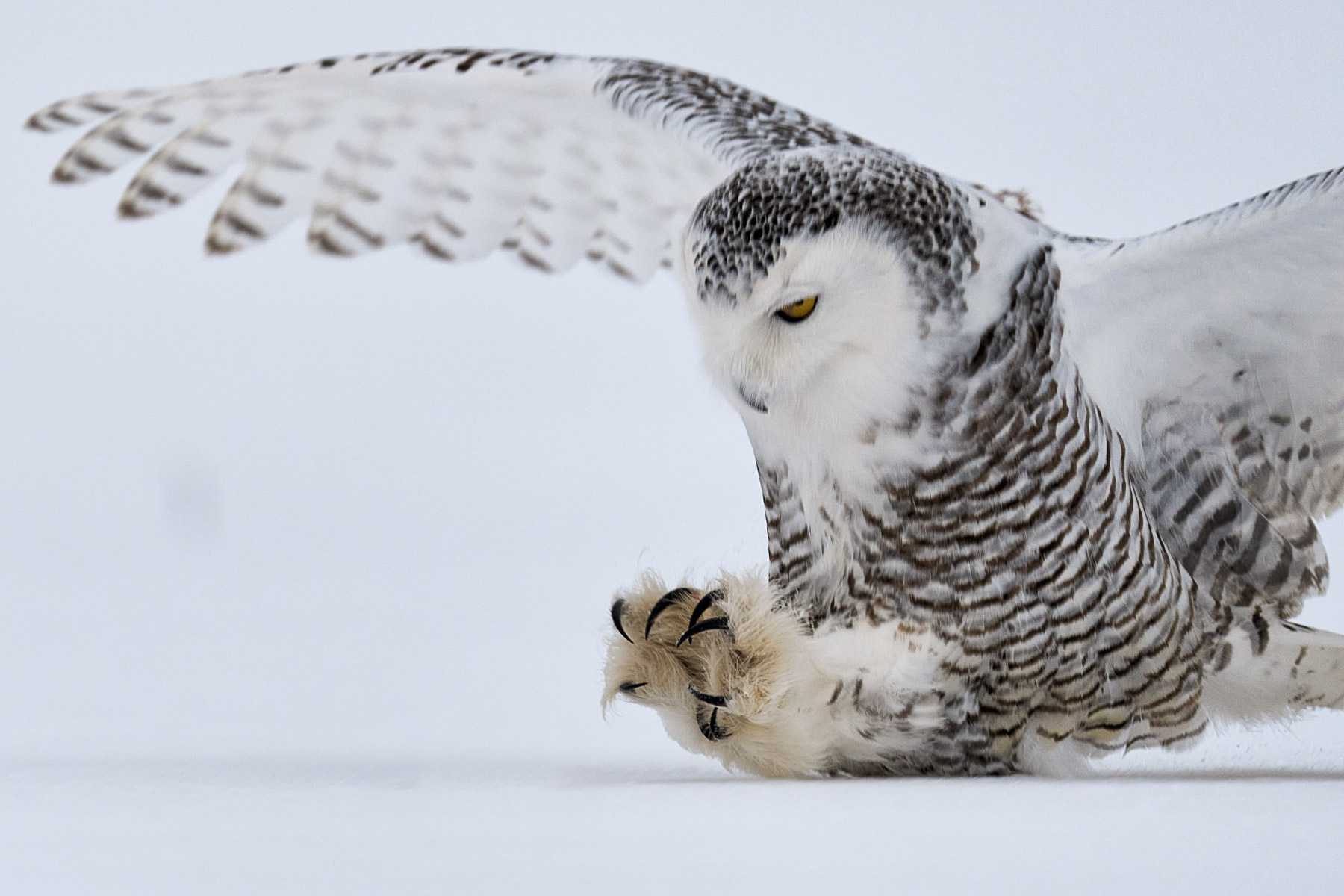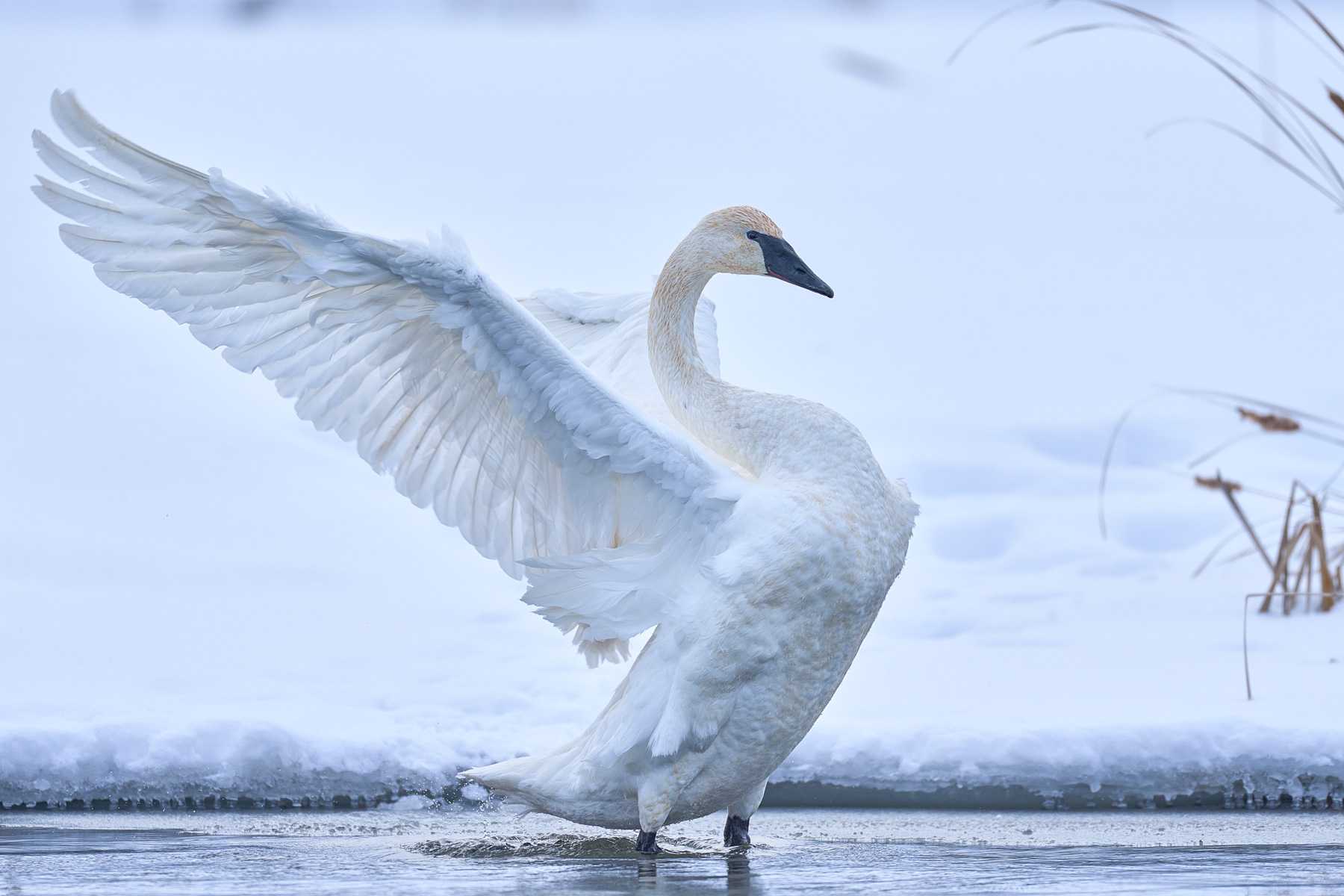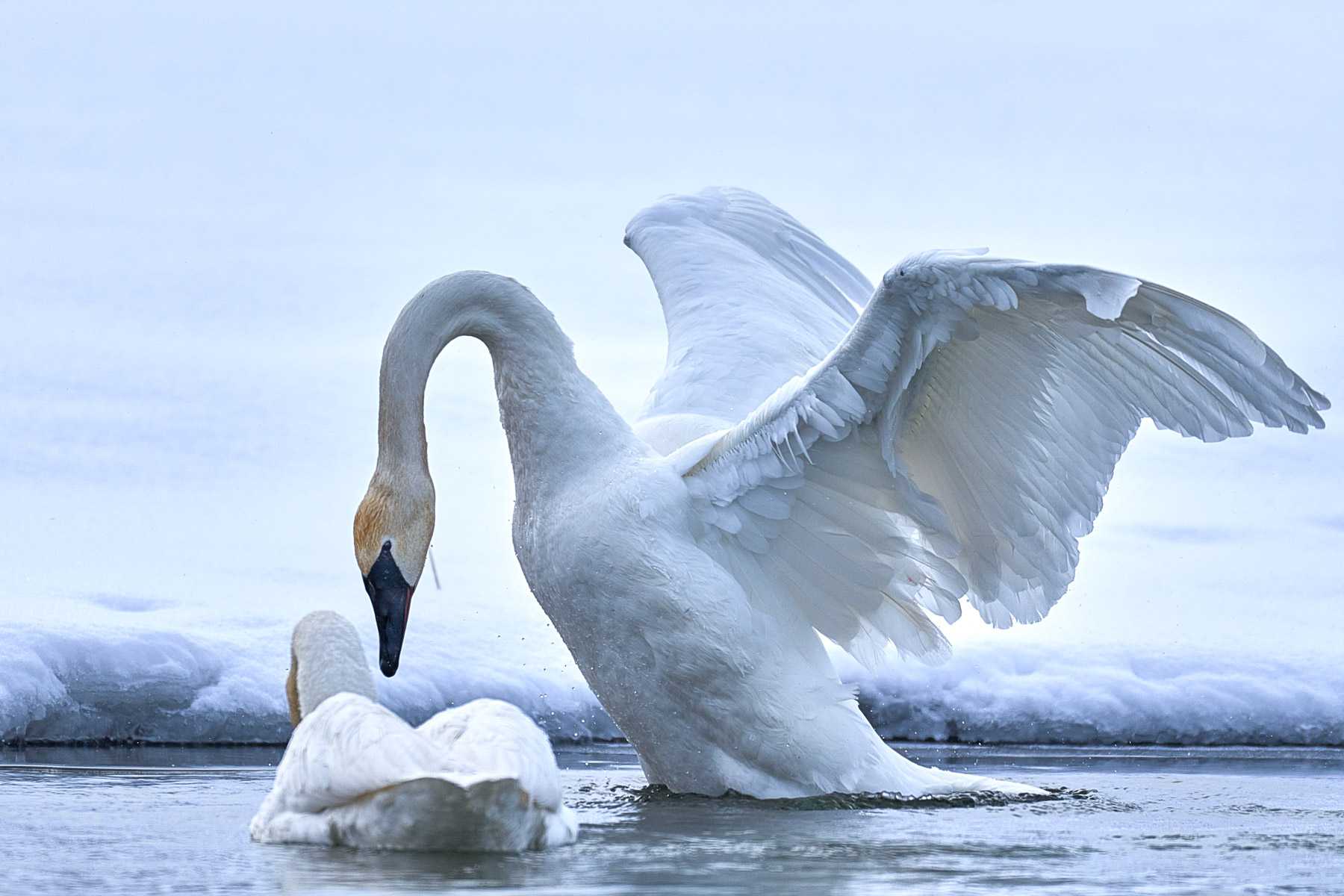There are three theories on this subject
- It is documented that on Christopher Columbus’ second trip to the new world that he had some horses on board. These animals were taken off the ship in 1493 in The Virgin Islands. Soon afterwards they were brought to the east coast of the United States and it is there that the first horse herd developed. It expanded westward rapidly and ultimately populated the country with horses as far as the North Western Territory.
- Another documented belief is that the Spanish Conquistador Hernon Cortes introduced the horse in 1519 in the southern United States. In time these horses expanded westward and populated the nation.
- A third theory is that Russian traders dealing with American Indian populations in the North West came on horses, Some of these remained in that area, and began herds of wild horses expanding into the central and southern areas of the country.
How did the horse get its name?
In today’s English the word horse traces itself back to “hors” in Old English. The root word for “hors’ was “correre” which comes from Latin and means to run. This name seems appropriate as the horse from its onset was used for transportation and brought the concept of speed to mankind.
Nowadays we have many words that refer to the horse in certain periods of their lives that we are all familiar with: ponies, foals, colts, mares, stallions, fillys. etc. However they all refer to the horse that we all know and love.
What are some interesting features of the horse?
There are so many interesting features of the horse that it is hard to decide where to begin! We’ll start with the fact that today it is estimated that there are seventy five million horses in the world! And it is believed that we have three hundred and fifty different breeds worldwide. We’ll investigate the ten most important breeds further in our “What are the ten most important breeds” heading.
Now we will briefly look into some of the most outstanding features of the horse:
- Horses are highly intelligent
- Horses have an outstanding memory
- Horses have the largest eyes of all land mammals and a third eyelid
- Horses can sleep standing up
- Horses can’t breathe through their mouth
- A horses field of vision is 360 degrees
- Horses have ten different muscles in their ears
- Horses have lightning fast reflexes
- A horses speed is from 27 to 55 miles per hour
- Horses drink five gallons of water daily
- A horse produces 10 gallons of saliva daily
- Horses have a lifespan from 25 to 30 years
What and where is the horse’s place in today’s world?
The horse is found all over the world today. It lives on every continent except the Arctic and Antarctica. The horse has been on earth for thirty five million years. Over the milenia extensive breeding has occurred. It is believed that this experimentation has permitted the horse to adapt and survive in almost every environment from the cold northern climates to the hot arid lands of The Middle East and most of Africa.
The horse has been highly influential to man. Thousands of years ago it was a source of food for men. However over time more positive ways to employ the horse in our lives developed. It became the only means of transportation for thousands of years. It has only been since the development of the automobile in the twentieth century that the big change in how we travel around occurred.
In times past the horse was used for farming, mail delivery and in war. Today with industrialization the horse is of less importance in our lives. We still do use it to control the movement of herds of animals, for equestrian pursuits (polo, racing, etc.), and for rodeos. Its place in our world today cannot compete on how much mankind depended on the horse in the past
An exception to this is how the horse is still depended on in most of the few nomadic cultures that are still in existence. We see this way of life still today in Mongolia and some areas of South America.
Why are horse breeds important?
As mentioned above there are today 350 horse breeds world wide. In the thirty five thousand years of breeding mankind has learned a great deal about breeding horses. All different imaginable combinations of breeding have been experimented with over time. What is truly amazing is that the horse as a species has adapted itself to almost every type of environment on earth
Certain breeds are just bred to be work horses. Others are bred for speed and transportation. Some throbreads are used only for racing. It is remarkable what man has learned over the centuries in order to produce strong, healthy horses that have stamina and extraordinary endurance capabilities.
It is not possible for us to write about all breeds, but we can look into ten of the most highly prized horse breeds today:
- Arabian. These horses have the highest rate of endurance and great spirit.They are used for saddle seat, western or advanced dressage.
- Quarter Horse. This is the most popular horse in the USA. It is fast for short runs and used in competitions and for pleasure riding.
- The Thoroughbred. This horse is used for racing, fox hunting, and polo; it is tolerant and high spirited.
- The Tennessee Walker. This is a farm working horse. It is comfortable for long distance riding and used for pleasure.
- Morgan. Is very sturdy and calm; it is used to teach riding. It’s one of the oldest USA breeds.
- Paint. Is American and very popular. It is even tempered and a comfortable mount,
- Appaloosa. Is a strong tough breed. It is used for riding.
- Miniature Horse. Used in coal mines and as service horses.
- Warmblood. Are excellent sport horses and used for dressage.
- Andalusian. A Spanish breed used for dressage.
Why do photos of horses make interesting wall art?
Drawings and paintings of horses are the first wall art.They were discovered on cave walls as far back as thirty five thousand years ago. So as you can see we have a historical connection with this art for milenia. That makes it genuinely important for both man and the horse. If we take a serious look at equestrian art over the last several centuries we can see countless paintings of men with horses. This occurs for the simple reason that mankind loves horses
In modern times horses began to appear in paintings and tapestries during the Middle Ages. They are a reminder for us of how intertwined the lives of horses and mankind are. Horses and men together appear in art even today. The tradition of horses and man living side by side has gone on forever. So, it should come as no surprise to us that horses are the most favored animal for wall art.
These majestic animals can bring not only personality but emotion into any room in your home. Horse wall art can bring any emotion you choose into your interior design plan. Our fine art horse prints in our online gallery exemplify the array of choices that you may select from which evoke excitement, serenity, drama, beauty and any other emotion that you may wish to express. You can rest assured that if you decide on any of our horse wall art fine art prints in your home that you will not be disappointed.
Conclusion
We hope that our information about horses gives you a better understanding of the importance of the horse in our lives. Everyday at Ejaz Khan Earth we get email from our followers requesting information on our fine art horse prints. They continue to be our most favored subject for wall art. We know from our daily experience that horse wall art is a success wherever you may decide to hang it in your home.
